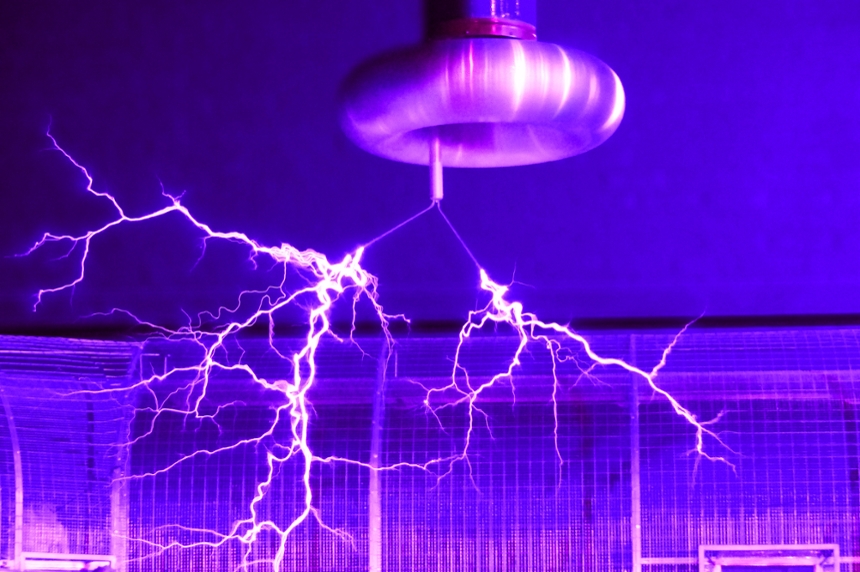
Also, this case followed me for a long time as an expert witness even 5 years later, attention is given to this case in journals and books. When I look back on this case, I remember the considerable media attention at that time. Challenging experiments had to be done in a short time under high pressure. Under special conditions of the crossbow, it appeared that it was in fact possible to fire the ballpoint pen without damaging it, implying that the scenario was technically possible. We conducted ballistic experiments in gelatin with a high-speed video camera in order to examine the condition of the ballpoint pen after it had been shot with the crossbow. This is where the forensic experts came into play. The father, and several experts, did not believe that the woman could have been killed with a crossbow. However, the case was reinvestigated when it reached the appeals court.

The suspect told his psychiatrist that he had killed his mother with a crossbow and this ballpoint pen and was convicted. A woman in Leiden, the Netherlands, had been killed with a ballpoint pen, which penetrated her brain through her eye. The first time I actually had to appear as a witness in court is still clear in my memory, partly because the so-called "ballpoint pen case" drew a lot of publicity. It has since become apparent that lawyers and suspects too make use of my Web site, and sometimes the answers have even been used in court. Because so many people e-mailed me asking questions, I decided to start a forum on forensic science, where people can post their questions anonymously.
#PHYSICS SCIENCE ARTICLE HOW TO#
I received several invitations to give lectures on how to use the Internet for forensic science in those days.

Staring from a very basic version, the site developed within a few years into a well-known database of unexpected popularity among the forensic community. But, when he was visiting institutes abroad, he realized that the Internet would soon be useful, so he supported me and took an interest in the resulting developments. At first, there were discussions with the director of the institute as to whether it was appropriate for a government employee to have such a Web site. In 1994, I started my own Web site ( with forensic information and links to other sites. As a second research project, I started working with the pathology departments of NFI and the University of Amsterdam on the use of computerized tomography scans for determining the caliber of a bullet in a living person.Īpart from attending and organizing meetings on forensic sciences, and working for 3 months at the Japanese Institute for Science and Technology on a grant for video image processing, I discovered that the Internet was a great way of building up my network. In order to evaluate these systems, I conducted a research project on comparison algorithms.

At that time, commercial systems were being developed for the automatic comparison of cartridge cases and bullets. After 3 years, I gained Dutch court approval as an official expert witness.Ī reorganisation of the institute in 1995 allowed me to use my image-processing knowledge as part of a new group in the institute's firearm department. I decided to specialize in tool-mark and shoe-print investigation, also receiving training as an expert witness in this field. Furthermore, the experience in image processing that I had gained at Oce was useful, because we were developing databases on shoe prints and tool marks at NFI. My desire to work in the forensics field was undimmed. Some 3 years later, vacancies were advertised in the physics department of the Netherlands Forensic Institute (NFI). Working in an industrial environment appeared more attractive to me than working for the government at that time, so I started my working life at Oce Nederland B.V., conducting research on digital photocopying machines. I did an internship in the tool-mark and firearm department, and although I really liked the work there, when I graduated there were no vacancies at the laboratory. I first became interested in forensic science in 1987 when I was a physics student at the University of Applied Sciences in Rijswijk.


 0 kommentar(er)
0 kommentar(er)
